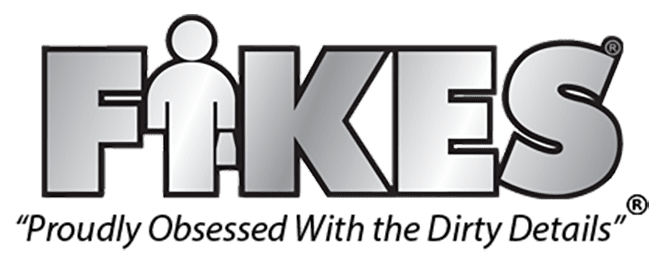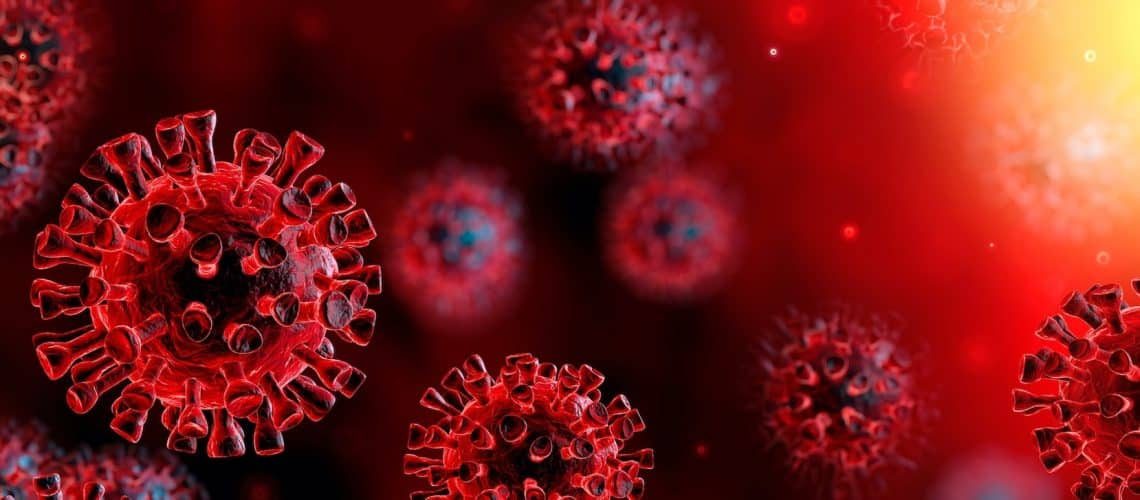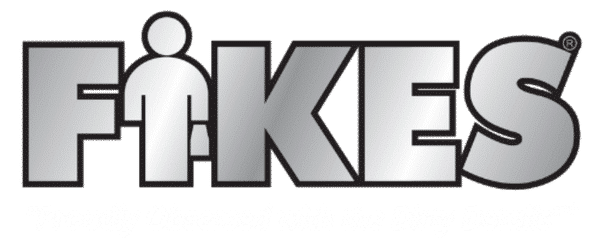What is exactly Coronavirus?
Corona Viruses are a large family of viruses with similar characteristics that are common in animals and humans. Corona viruses can cause a variety of illnesses with differing severity ranging from the common cold to severe respiratory illness.
Are there any disinfectants that have been tested on the actual virus SARS-CoV-2 that causes COVID-19?
The virus that causes COVID-19 is an emerging viral pathogen that is classified as a human coronavirus. It has been given the official name SARS-CoV-2. It stands for Severe Acute Respiratory Syndrome-Corona Virus #2 (the first SARS human coronavirus was discovered in 2003). In general, previously discovered human coronaviruses are known to be easily inactivated by many disinfectants.
The agency that regulates disinfectants called the EPA (Environmental Protection Agency) has an emerging pathogen policy. Therefore, it recently triggered by the COVID-19 crisis. That policy states that the primary registrant of a disinfectant formula can apply to make off-label kill claims for an emerging pathogen if that disinfectant has efficacy claims for a more difficult to kill the pathogen. Some examples of more difficult to kill viral pathogens (than human coronavirus) include NOROVIRUS and Canine Parvovirus.
How long does a surface stay protected from germs after disinfecting?
The likelihood of disease transmission from a surface can be correlated to the number of pathogens on the surface. For instance, a single pathogenic bacteria on a surface reproduces and grows exponentially to 2.4 million in about 6 hours and continues to multiply at an exponential rate. Neglecting to disinfect these surfaces easily create pathogen levels in the 100’s of billions. It is these neglected surfaces that can transmit disease.
This concept is well known in food processing, where killing every single bacterial pathogen on a surface is not possible, it only needs to be brought to a safe level. This is why food contact surfaces are sanitized (killing 99.99% of pathogens). In the case of viral pathogens, it can be minutes to days depending on the pathogens and surrounding conditions. Eventually, without a host, the viral pathogen will die on its own. While a single viral pathogen on a surface could in theory infect someone, it is more likely this occurs when there are 100’s of millions of viral pathogens present.

How do I know the disinfectant I am using has emerging pathogens claim and can be used to kill the novel coronavirus SARS-CoV-2, the cause of COVID-19?
The EPA has published LIST N: Disinfectants for Use against SARS-CoV-2. This list identifies disinfectant formulas that have a previously known human coronavirus claim and/or an Emerging Viral Pathogen Claim.
A big source of confusion is that any disinfectant should be referenced by the EPA registration number, NOT the product name or manufacturer. The reason… the primary registrant is usually the supplier of the disinfectant active ingredient raw material, not the actual disinfectant. These primary registrants license the manufacture of their formulas to EPA registered manufacturing establishments. By law, the EPA registration number must be displayed on the label of the product along with active ingredients.
As long as the EPA registration numbers match the first 2 sets of numbers xxxxx-xxx, the product is approved for use on the virus that causes COVID-19. Note the recommended guidance recommends a disinfectant with an Emerging Viral Pathogen Claim be the first choice.




